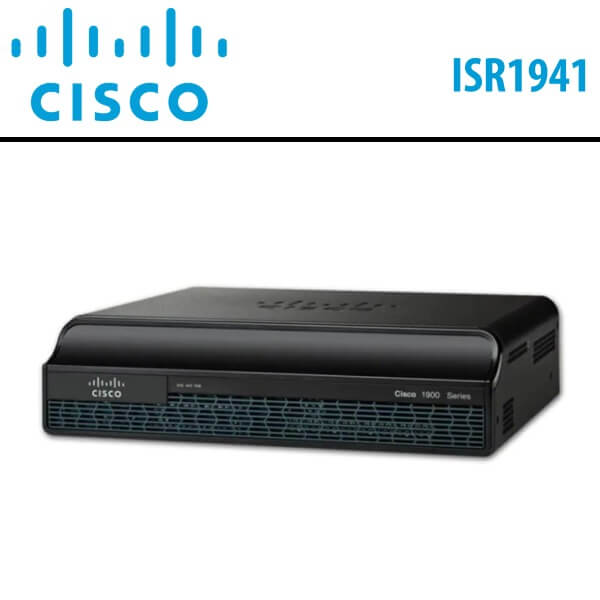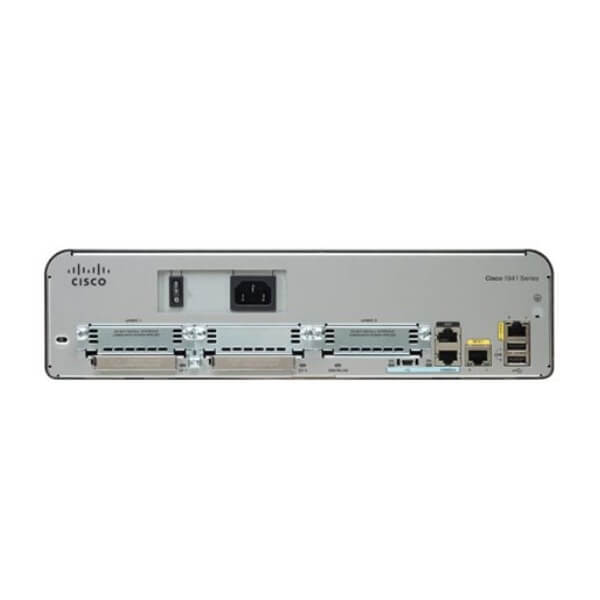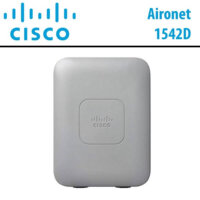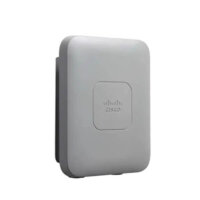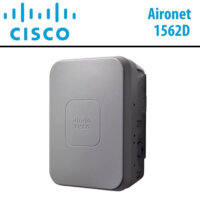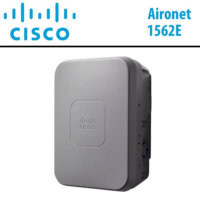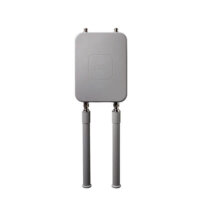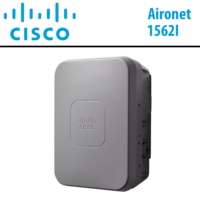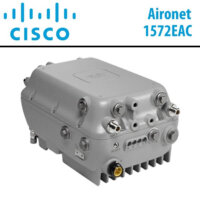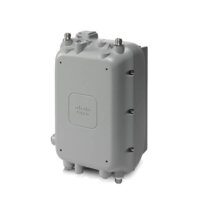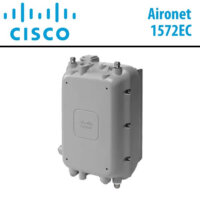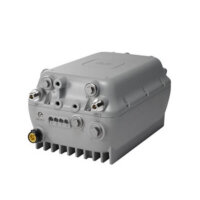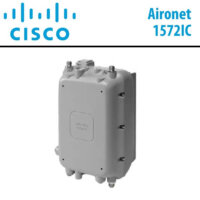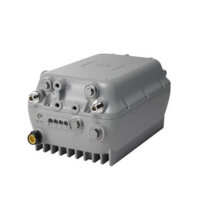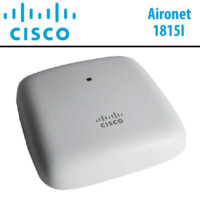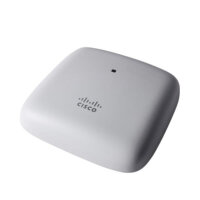Description
Cisco ISR1941 Dubai
The Cisco ISR1941 Dubai builds upon the excellence of the existing Cisco 1841 Integrated Services Routers, introducing two models: Cisco 1941 and Cisco 1941W. While the Cisco 1941 Series supports a broad range of wireless and wired connectivity options, the Cisco 1941W integrates an IEEE 802.11n access point, which is backward compatible with IEEE 802.11a/b/g access points.
All Cisco 1900 Series Integrated Services Routers feature embedded hardware encryption acceleration, optional firewall, intrusion prevention, and application services. These platforms also offer the industry’s widest array of wired and wireless connectivity options, including T1/E1, xDSL, 3G, and GE.
The Cisco ISR1941 Dubai Series is designed to meet the evolving application demands of branch offices, providing flexibility for future applications. Its modular architecture supports customer requirements, increased bandwidth, and integrated power distribution to modules supporting 802.3af Power over Ethernet (PoE) and Cisco Enhanced PoE (ePoE). The Cisco 1941 enhances modular capabilities, ensuring investment protection as modules used on previous generations, such as the Cisco 1841 ISR, are supported. Interchangeability with other Cisco routers simplifies inventory management, network rollouts, and configuration maintenance across diverse branch-office sizes.
The Cisco ISR1941 Dubai allows the hosting of Cisco, third-party, and custom applications on the Cisco Services Ready Engine (SRE) module, seamlessly integrating into the router. With its independent processor, network interface, and memory, the SRE module operates autonomously, ensuring optimal concurrent routing and application performance. This design minimizes physical space requirements, reduces power consumption, and consolidates management efforts across the network.
